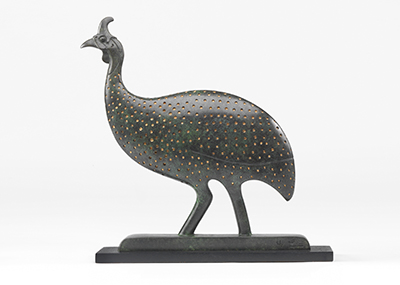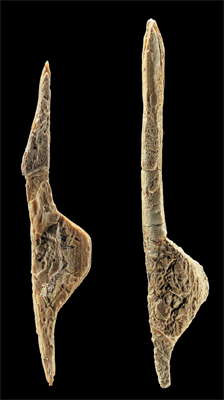Work Currently on Show at:
Drawn 2013 23 March – 2 June Royal West of England Academy
http://www.rwa.org.uk/whats-on/exhibitions/2013/02/drawn/
Clan Totems: in context 26th March – 21st April 2013 Venue: Nature in Art, Twigworth, Gloucester
This exhibition shows a selection of the Clan Totem sculptures I designed for the Ruwenzori Sculpture Foundation in Uganda between 2009 and 2012. In modern Uganda many of the existing tribes have clan systems each represented by a totem. However in this part of Africa historical narratives are kept alive for the most part in the performance of dance and music and any visual art tradition has all but disappeared. My commission brief was to design a set of contemporary sculptural totems that could be cast into bronze by Rwenzori Founders. The totems are shown alongside a series of photographic works by Steve Russell. These images, taken from his travels in Africa, help to set the totems in context with the landscape, animals and people of this astonishing country.
http://www.gallery-pangolin.com/diary



